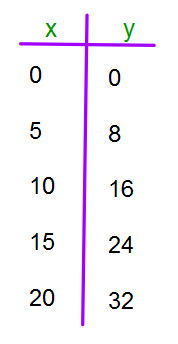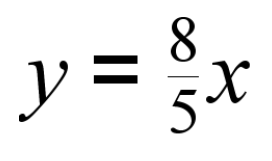What is the perimeter of this rectangle?

104 m
What is the area of a square with a side length of 14m?
(answering with the correct units matters)
196 m2
What is the Total Surface Area of the Cylinder to the nearest tenth?
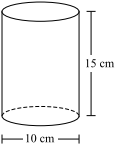
628.3 cm2
What is the Total Surface Area of the cylinder? (Rounded to the nearest tenth)
791.7 m2

x = ?
x = 11
What is the circumference of this circle. (Rounded to the nearest tenth)
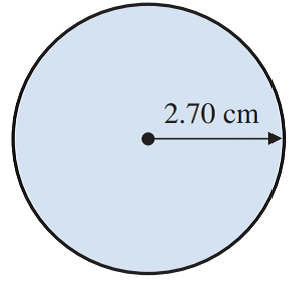
22.9 cm
What is the area of the circle below? (Rounded to the nearest tenth)
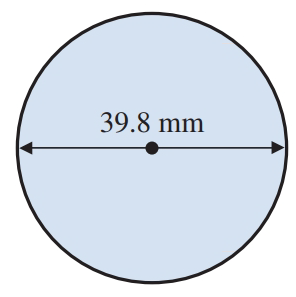
1,134.1 mm2
What is the Lateral Surface Area of the cylinder to the nearest tenth?

471.2 cm2
How many square centimeters of paper is used to make the label for this can? Rounded to the nearest tenth.

75.4 cm2
What is the length of the missing side of the triangle below? (Rounded to the nearest tenth)
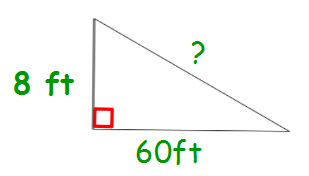
60.5 ft

What is the length of the missing side?
3 in.
What is the area of the triangle below?
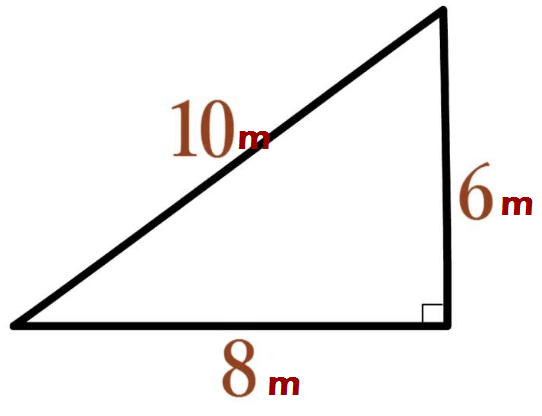
24 m2
Why will the Total Surface Area of a shape always be more than the Lateral Surface Area of the same shape?
The Lateral Surface Area does not include the area of the base(s) of a shape. The Total Surface Area does.
The tank on this truck needs to be painted. It's dimensions are listed. How many square feet of paint are needed to paint the entire tank? (Rounded to the nearest tenth)
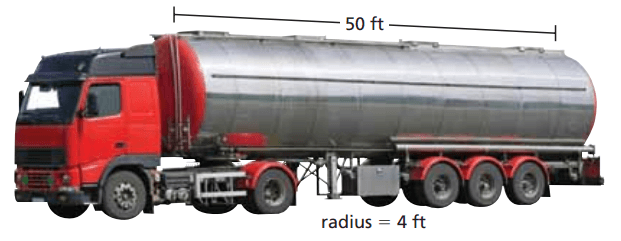
1,357.2 ft2
What is the measurement of Angle r?
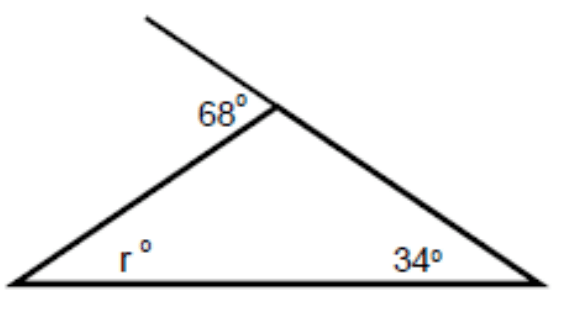
34 degrees
What is the perimeter of the shape below?
48 in
What is the area of the triangle? (Rounded to the nearest tenth)
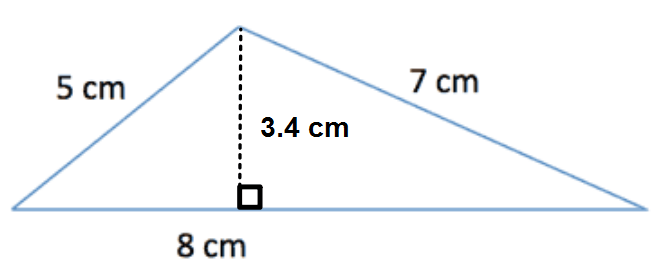
13.6 cm2
What is the Total Surface Area of the Cylinder below? Rounded to the nearest tenth)
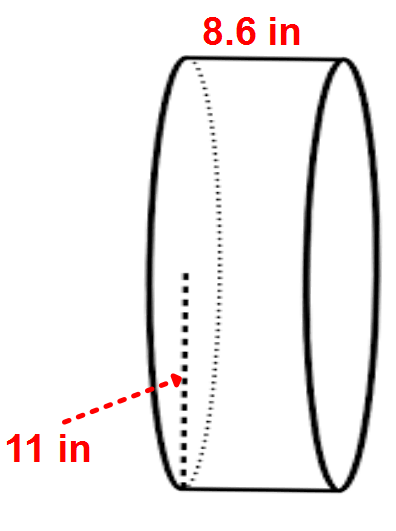
1,354.7 in2
You are decorating the sides of the cylindrical drum above. How many square centimeters of material are needed?
The Lateral Surface Area is 439.8 cm2
What are the slope and y-intercept for the equation below? (both need to be correct)

Slope = 4 or 4/1
Y-intercept = -9
What is the perimeter of the shape below?

46 yd.
What is the area of the shape below?
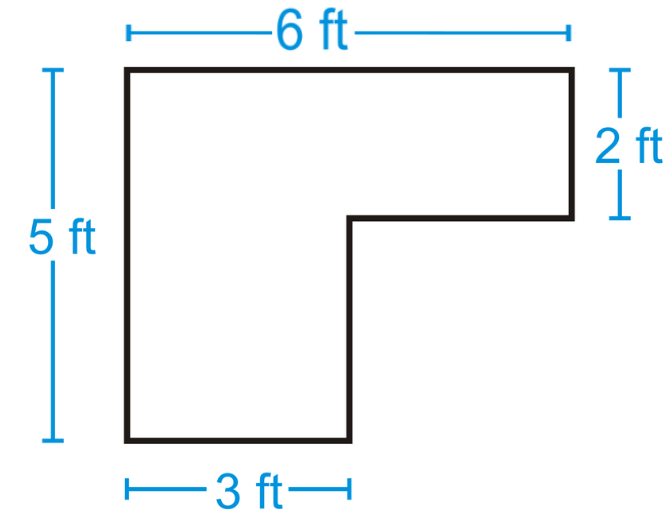
21 ft2
Which cylinder has the greater Lateral Surface Area? (Support your answer with facts)
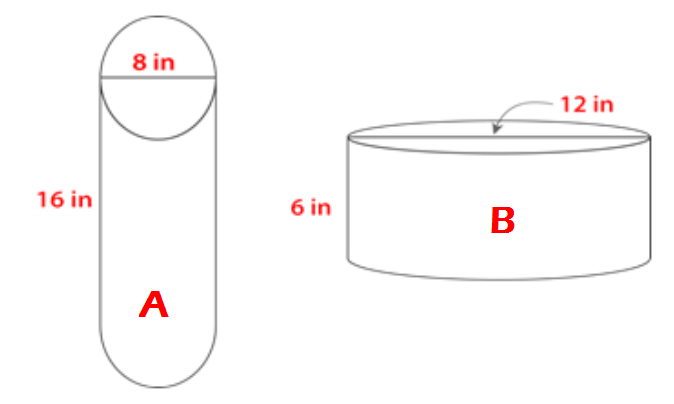
Cylinder A has a greater Lateral Surface Area
A = 402.1 in2
B = 226.2 in2
What is the combined area of the bases of this cylinder? (Rounded to the nearest tenth)
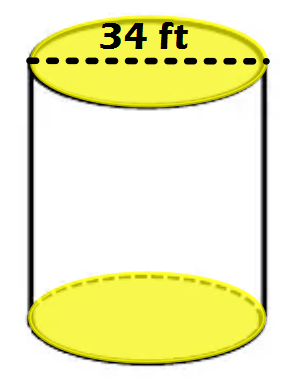
1,815.8 ft2
Write the equation that represents this table in slope-intercept form.
